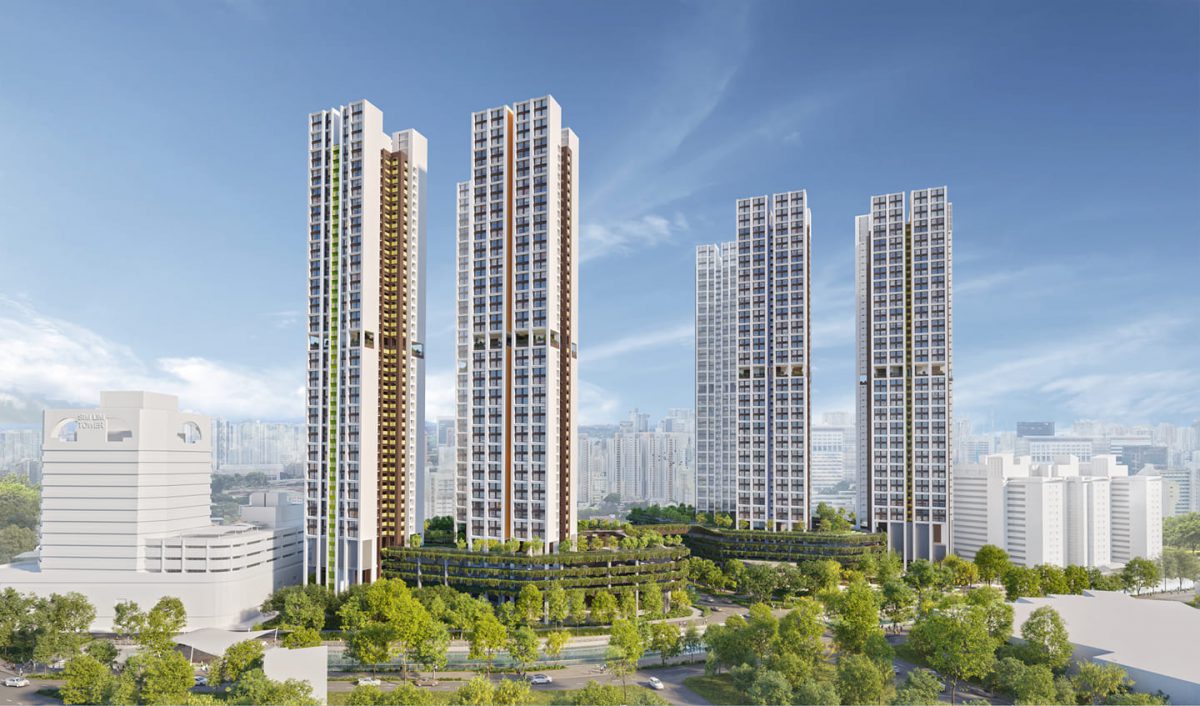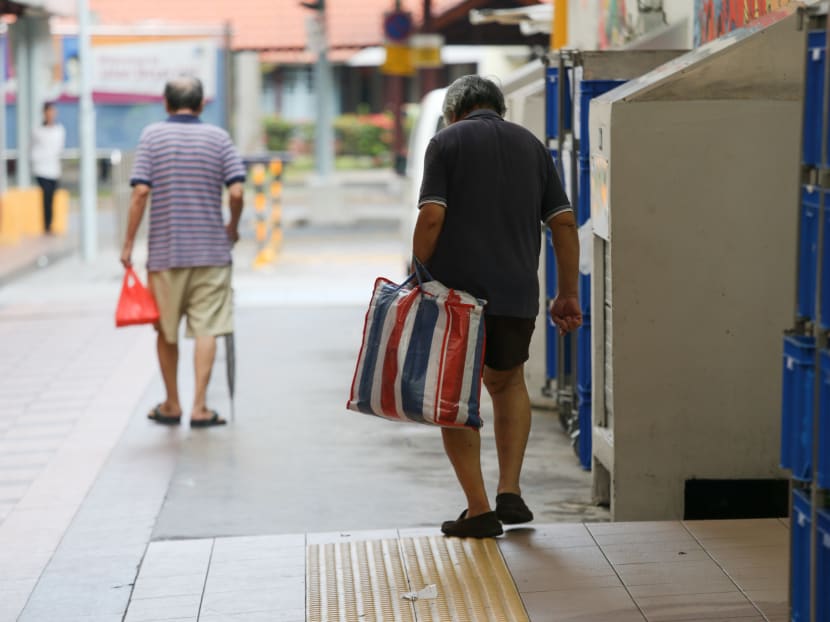The HDB Lease Buyback Scheme: A Retirement Lifeline or Just Good Marketing?
More than 13,000 households have now taken up Singapore's Lease Buyback Scheme, but is this growing popularity justified or simply a reflection of limited alternatives?
As Singapore's property market continues its relentless ascent, a curious trend has emerged amongst the nation's seniors. Rather than capitalising on soaring resale prices, an increasing number of elderly homeowners are choosing to sell portions of their flats back to the very entity that sold them in the first place—the Housing and Development Board.
The Lease Buyback Scheme (LBS), launched in 2009 and recently expanded to include all flat types, represents something of a philosophical conundrum. In essence, it allows seniors aged 65 and above to monetise their property whilst remaining in situ—a concept that challenges traditional notions of homeownership and retirement planning.

The Numbers Game: Following the Money
As at 31 December 2024, 13,734 households have participated in the scheme, with nine in ten receiving between S$100,000 and S$300,000 in proceeds. These figures, whilst impressive in their own right, warrant closer examination when considered against the backdrop of Singapore's property zeitgeist.
The scheme's mechanics are deceptively straightforward. Eligible households sell the "tail-end" of their lease back to HDB, retaining between 15 to 35 years based on the age of the youngest owner. The proceeds are primarily channelled into the Central Provident Fund (CPF) Retirement Account, with any surplus returned as cash—up to a maximum of S$100,000 per household.
What sweetens the deal is the bonus structure. Participants receive up to S$30,000 for three-room or smaller flats, S$15,000 for four-room units, and S$7,500 for five-room or larger properties, provided they meet the minimum CPF top-up requirements.
The Eligibility Maze: Who Gets In?
The scheme's eligibility criteria reveal much about its intended purpose. All owners must be at least 65 years old (or older), with at least one being a Singapore Citizen. Household income cannot exceed S$14,000 monthly, and crucially, there must be no concurrent ownership of private residential property.

For Prime Location Public Housing (PLH) flats, the Minimum Occupation Period extends to 10 years rather than the standard five—a detail that hints at the government's awareness of these properties' investment potential.
The scheme also requires at least 20 years of remaining lease to sell back to HDB, a stipulation that becomes increasingly relevant as Singapore's first generation of HDB dwellers approach the twilight years of their 99-year leases.
Market Dynamics: The Valuation Question
Perhaps the scheme's most contentious aspect is its valuation methodology. Unlike open market transactions, where competitive bidding can drive prices skyward, the LBS operates on HDB's assessment of market value. This raises inevitable questions about whether participants receive full market value for their assets.
The challenge becomes more pronounced when considering Singapore's current property climate. With HDB resale prices reaching record highs, the opportunity cost of participating in the LBS versus selling on the open market becomes a critical consideration.
However, as Associate Professor Nicholas Sim from the Singapore University of Social Sciences points out, "For seniors living in older and smaller flats, the direct and indirect transaction costs may not make it worthwhile" to sell on the open market. The LBS, he argues, provides this demographic with "a viable way to access their home equity".
The Philosophical Divide: Investment or Home?
The scheme's growing popularity illuminates a fundamental question about HDB flats' dual nature. Are they investments to be optimised for returns, or homes to be cherished for their emotional and practical value?
Christopher Gee, deputy director of the Institute of Policy Studies, frames this succinctly: "This goes down to one's understanding of an HDB flat—is it an investment or is it a home that I hope to live in until I die? If we think about it as more the latter, the issue of whether I should sell because it's now valued more doesn't apply. Because if you sell it, you will no longer be able to live in it."
This perspective challenges the prevailing narrative that views property primarily through an investment lens. For many seniors, the LBS offers something money cannot buy: the certainty of remaining in familiar surroundings whilst accessing their property's equity.
The Fine Print: Risks and Restrictions
The scheme is not without its limitations. Once participants sell their lease, the flat becomes non-transferable on the open market. It cannot be sold or gifted to children, effectively ending any plans for intergenerational wealth transfer through property.
There's also the existential risk of outliving the retained lease. Whilst HDB assures that participants "will not be left homeless" and promises to "work out an appropriate housing arrangement", the specifics remain deliberately vague—perhaps necessarily so, given the impossibility of predicting individual circumstances decades in advance.
From a financial perspective, participants forfeit the potential for future capital appreciation. In a market where even older flats have seen substantial value increases, this opportunity cost could prove significant over time.
Looking Forward: Demographics and Demand
The scheme's relevance is likely to grow exponentially. With Singapore's rapidly ageing population—those aged 65 and above are projected to comprise 24.1% of citizens by 2030, up from 19.9% in June 2024—the pool of eligible participants will expand dramatically.

This demographic shift occurs against a backdrop of ongoing policy refinements. Recent enhancements include expanding eligibility to all flat types and adjusting bonus structures to better reflect contemporary retirement needs.
The Verdict: Context Is King
The LBS's value proposition cannot be assessed in isolation from individual circumstances. For seniors in newer, larger flats with substantial remaining leases, selling on the open market may indeed prove more lucrative. The transaction costs—legal fees, agent commissions, and the considerable stress of relocating—pale in comparison to potential capital gains.
Conversely, for those in older, smaller flats with limited remaining lease years, the scheme offers a pragmatic solution to a complex problem. It provides immediate liquidity, eliminates market timing risks, and most crucially, preserves the intangible benefits of ageing in place.
The scheme also serves a broader policy objective: preventing a generation of asset-rich but cash-poor seniors from becoming a social burden. By converting illiquid property wealth into retirement income, the LBS helps maintain social cohesion whilst respecting individual autonomy.
The Bottom Line
The Lease Buyback Scheme represents a sophisticated attempt to balance competing interests: individual choice, social welfare, and fiscal responsibility. Its growing popularity suggests that for many seniors, the certainty of guaranteed housing and steady income outweighs the potential rewards of market speculation.
Whether this popularity is justified depends largely on one's perspective on risk, mobility, and the meaning of home. For those who view their HDB flat primarily as a home rather than an investment vehicle, the scheme offers a compelling proposition. For others, particularly those comfortable with market volatility and open to relocation, alternative strategies may prove more rewarding.
What seems clear is that the scheme fills a genuine need in Singapore's retirement planning landscape. As the population ages and property prices continue their upward trajectory, the LBS provides a valuable middle ground between the risks of market exposure and the benefits of property ownership.
The real test of the scheme's worth will come in the decades ahead, as the first generation of participants navigate their retained lease periods and Singapore grapples with the broader implications of an ageing society. For now, it represents a uniquely Singaporean solution to a universal challenge: how to help citizens age with dignity whilst making the most of their life's largest investment.
Sources:
Let us know what you think about this topic, and what do you want to hear next.
You can now be our community contributor and make a pitch to have your favourite personality be on our show.
Join our community group and drop us your insights on this topic.

-3.png?width=50&name=Square%20(2)-3.png)

-2.png?height=200&name=2024%20website%20assets%20(1)-2.png)





Let us know what you think of this post